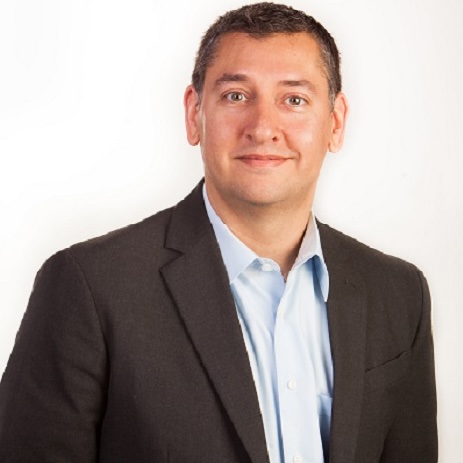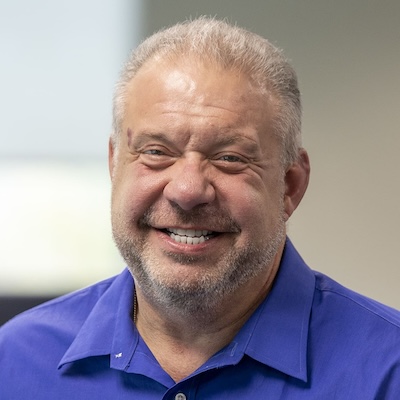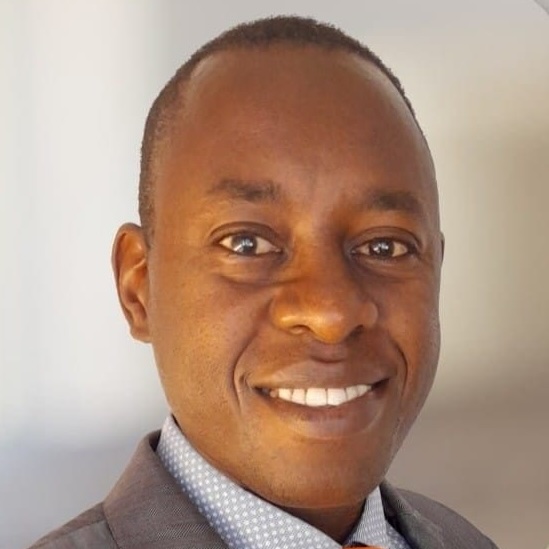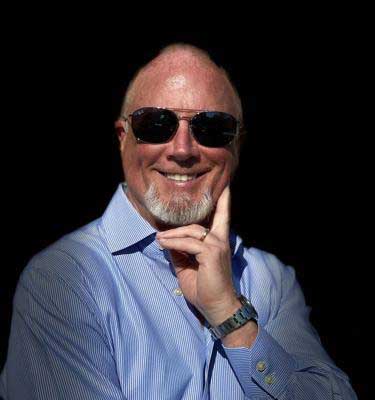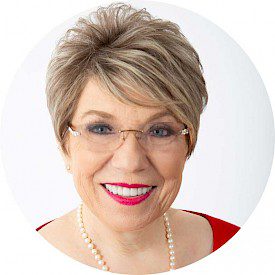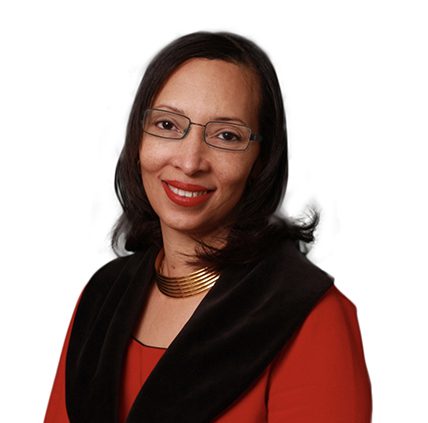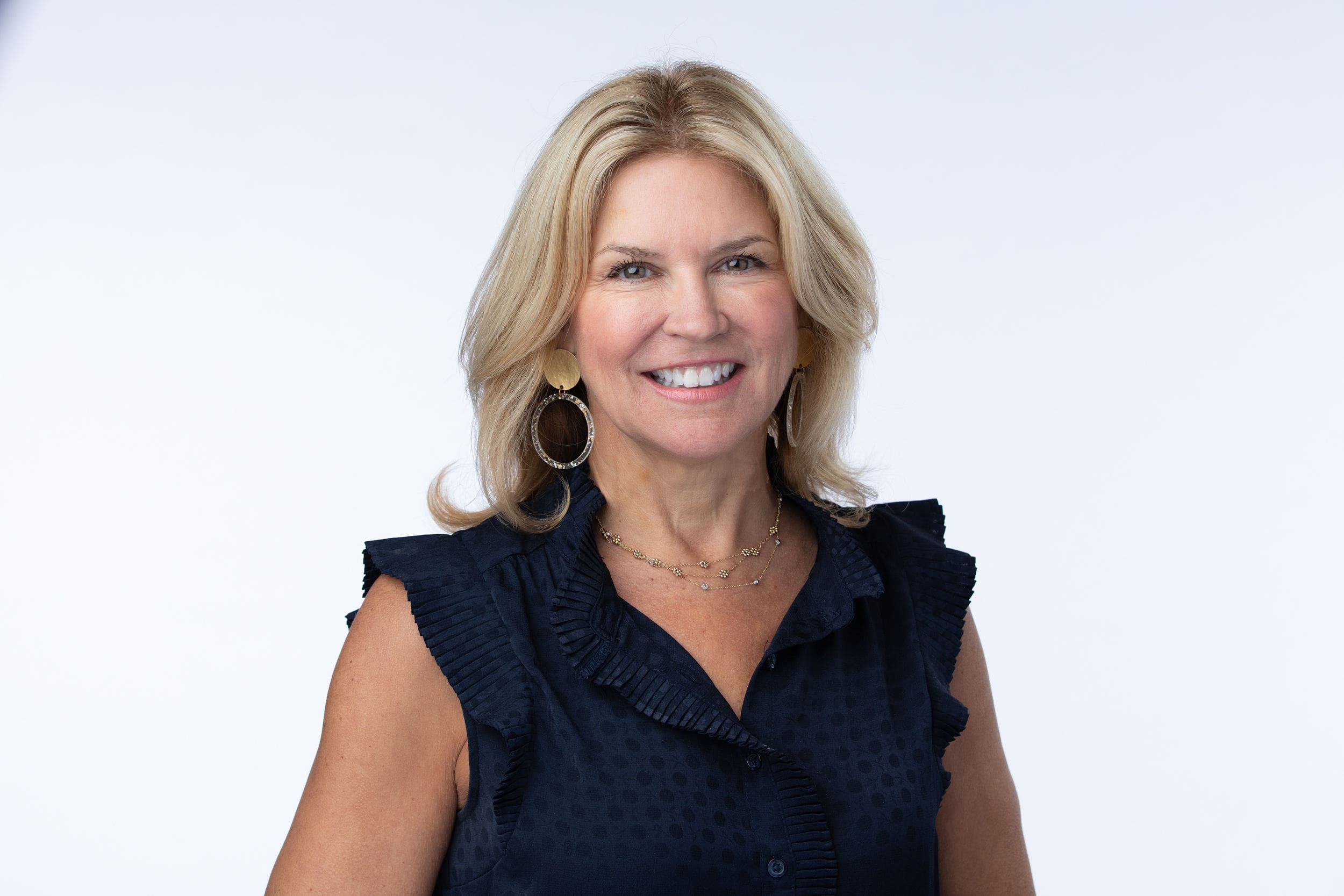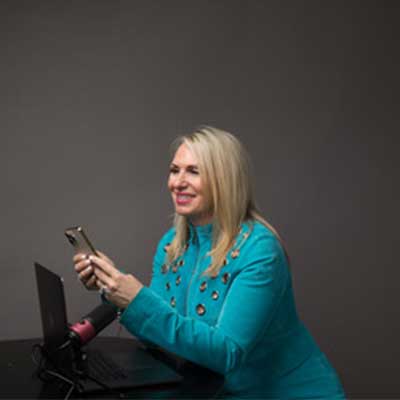Eldercare
Also see caregiver.
Traditionally eldercare has been the responsibility of family members and was provided within the extended family home. Increasingly in modern societies, elder care is now being provided by state or charitable institutions. The reasons for this change include decreasing family size, the greater life expectancy of elderly people, the geographical dispersion of families, and the tendency for women to be educated and work outside the home.
According to Family Caregiver Alliance, the majority of family caregivers are women:
“Many studies have looked at the role of women and family caregiving. Although not all have addressed gender issues and caregiving specifically, the results are still generalizable [sic] to women because they are the majority of informal care providers in this country. Consider: • Estimates of the percentage of family or informal caregivers who are women range from 59% to 75%. • The average caregiver is age 46, female, married and working outside the home earning an annual income of $35,000. • Although men also provide assistance, female caregivers may spend as much as 50% more time providing care than male caregivers.”” [2]
In most western countries, elder care facilities are freestanding assisted living facilities, nursing homes, and Continuing care retirement communities (CCRCs).
Comments are closed.






